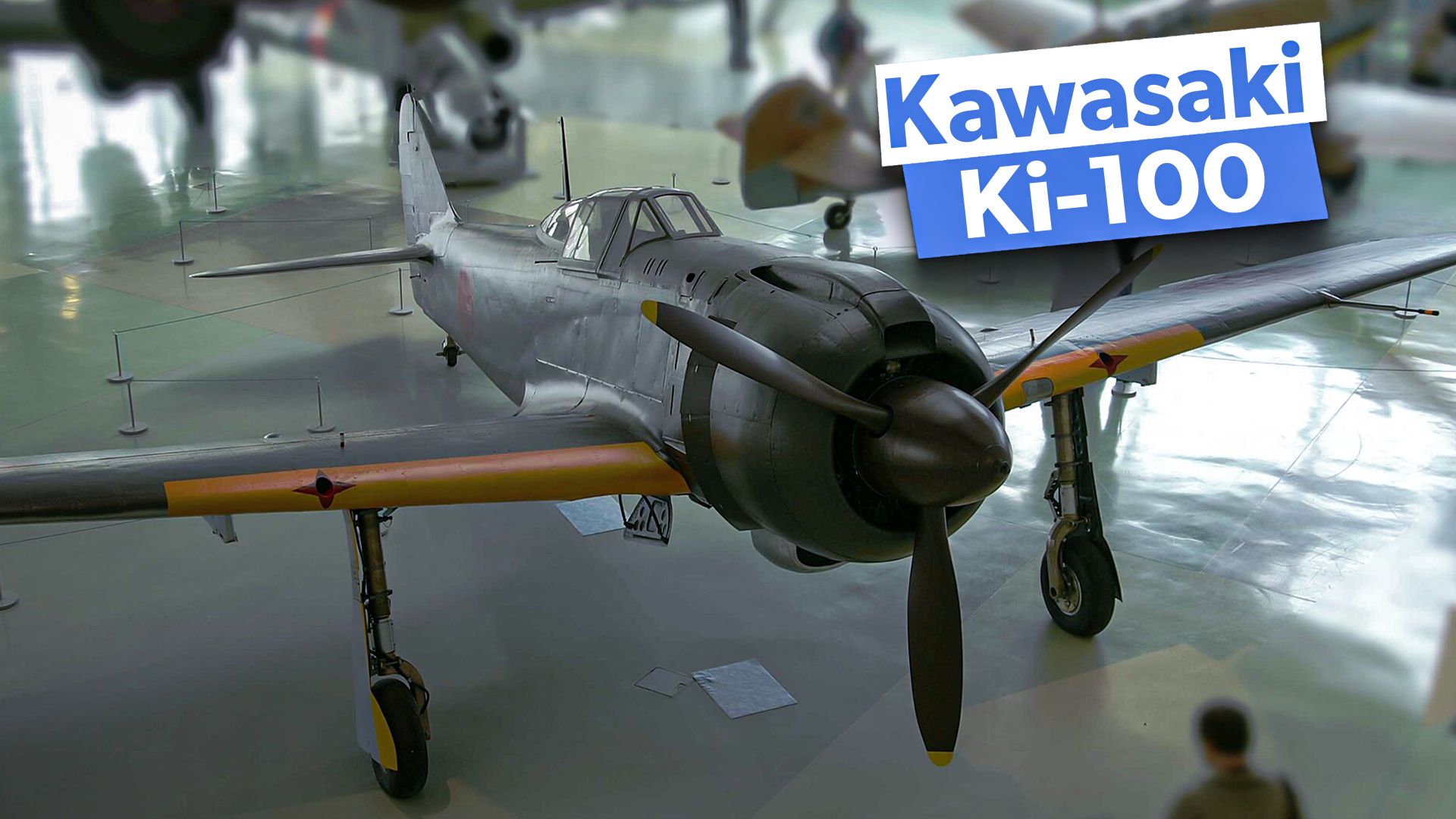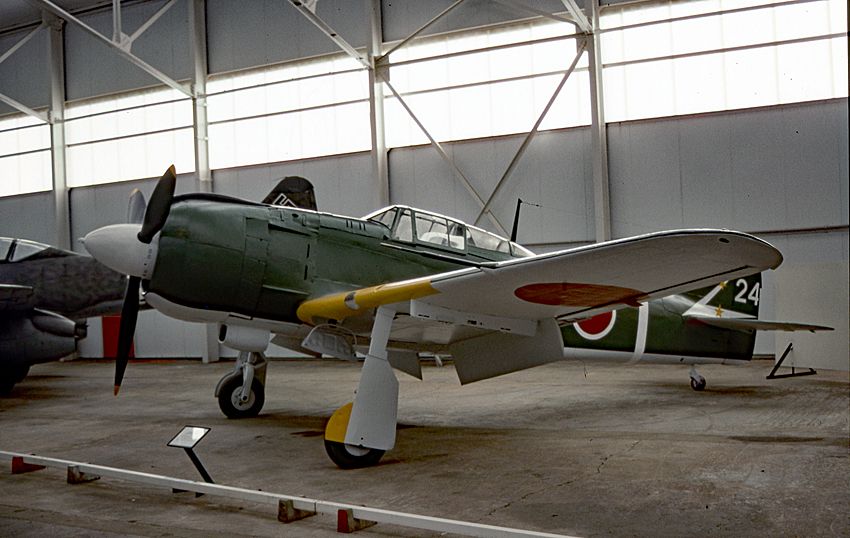Summary
- The Kawasaki Ki-100 was a highly capable Japanese fighter derived from the Ki-61 Hien.
- The Ki-100, Japan’s last WWII fighter, was not given an Allied reporting name.
- The Ki-100 outperformed American planes like the Hellcat and Mustang, culminating in an **alleged** 14:0 kill tally in one engagement.
Much ado has been made of the “Wundewaffen” (“Wonder Weapons”), i.e. Nazi Germany’s technologically advanced warplanes of World War II such as the Messerschmitt Me 262 Schwalbe (“Swallow”) and Heinkel He 162 Volksjäger (“People’s Fighter” AKA “Salamander”) jet fighters, Me 163 Komet (“Comet,” as should be fairly obvious) rocket plane, and Arado Ar 234 Blitz (“Lightning”) jet bombers, all of which, had they been produced either sooner and/or in greater numbers, could conceivably have enabled the Luftwaffe to gain the upper hand against the Allies in aerial combat over Western Europe.
What’s not as well-publicized is the fact that Nazi Germany’s Axis partners in Imperial Japan also produced their fair share of highly capable warbirds that, had *they* been produced sooner and/or in greater numbers, could’ve made life much for miserable for the Allied air war effort in the Pacific Theatre of Operations in WWII. We shall examine one of these Imperial Japanese warbirds now. Say Kon’nichiwa (こんにちは; “Hello” or “Good afternoon”) to the Kawasaki Ki-100, a scary good Japanese fighter that thankfully didn’t appear until late in the war.
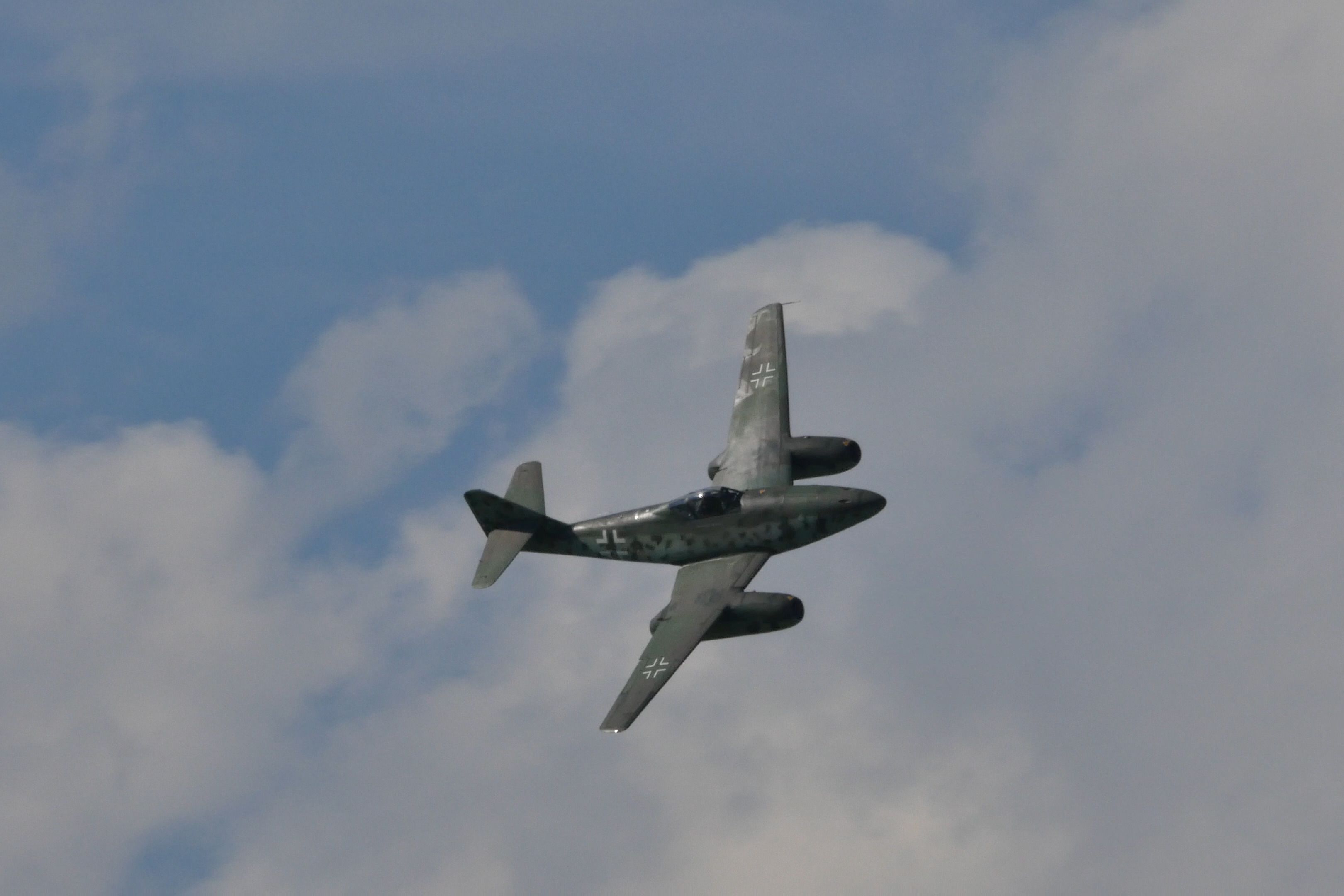
Related
The World’s First Fighter Jet: A Look At The Messerschmitt Me 262
A brief history of the Me 262’s development, with views by top British and German pilots.
1
Direct descendant of the “Tony”
Its direct ancestor was also a highly capable fighter plane in its own right
The Ki-100 was directly descended from the Kawasaki Ki-61 Hien (飛燕;”Flying Swallow;” Allied reporting name “Tony”), which was an excellent fighter in its own right. Making its maiden flight in December 1941 and officially introduced into operational service with the Imperial Japanese Army Air Service (IJAAS; 大日本帝國陸軍航空部隊/Dainippon Teikoku Rikugun Kōkūbutai, which translates into ‘Greater Japan Empire Army Air Corps’) in 1942, an estimated 3,078 of these “Flying Swallows” were built before the end of the war.
“Tony” initially took Allied pilots by surprise. as it could match their fighter planes in ruggedness as well as speed (by contrast, Japan’s more famous Mitsubishi A6M Zero, though plenty fast, was sorely lacking in ruggedness).
The Ki-100 improved and piggybacked upon the Ki-61 by replacing the original, troublesome inline engines with the more reliable Mitsubishi radial engines. (a change urged by the Japanese Army). As noted by David C. Cooke in his book “Fighter Planes That Made History” (originally published in 1958 by G.P. Putnam’s Sons; republished by Hassell Street Press in 2021):
“This caused the Kawasaki engineers no end of headaches — but the result was one of the greatest, if not the very greatest, Japanese fighters of the war.”
2
“A [flying] Horse With No [Allied reporting] Name”
The only WWII Japanese fighter with no Allied code name?
Cue the 1972 classic rock song by the band America:
The Ki-100 made its maiden flight on February 1, 1945, and was officially introduced into IJAAS service on March 9, 1945, thus becoming the last Japanese fighter to enter service before the end of the war. The IJAAS officially designated the fighter as the “Type 5 Fighter” (五式戦闘機/Go-shiki sentouki; abbreviated as Goshikisen).
Meanwhile, the Allied reporting name for the Ki-100 was…er, not applicable. To my knowledge, that makes the “Type 5” the only Japanese warplane that saw combat in WWII yet did not receive a Western code name (never mind that its direct ancestor, as already noted, was dubbed “Tony”).
I haven’t been able to ascertain why the Ki-100 received no such moniker. With 20/20 hindsight, I suppose the warbird could’ve been dubbed “Centurion,” “Hunny,” or “Hun;” you know, wordplay on the number 100. Not to mention, “Hun” would’ve also served as a jab at Japan’s Deutsch Kameraden.
3
Fast and heavily armed
The Ki-100 had very impressive on-paper specifications
|
Fuselage Length: |
28 ft 11 in (8.82 m) |
|---|---|
|
Wingspan: |
39 ft 4 in (12.00 m) |
|
Height |
12 ft 4 in (3.75 m) |
|
Empty Weight: |
5,567 lb (2,525 kg) |
|
Max Airspeed: |
360 mph (580 km/h) at 20,000 ft (6,000 m) |
|
Range: |
|
|
Endurance: |
3 hours 30 minutes |
|
Service Ceiling: |
36,000 ft (11,000 m) |
|
Armament: |
|
For the basis of comparison and contrast, the Ki-100’s main opponents, the Grumman F6F Hellcat and North American P-51D Mustang, had a max airspeed of 391 mph (629 km/h, 340 kn) and 440 mph (710 km/h, 383 kn)respectively, and wielded no cannon, with both American fighters instead relying upon six wing-mounted Browning M2 “Ma Deuce” .50 caliber (12.7 mm) machine guns.
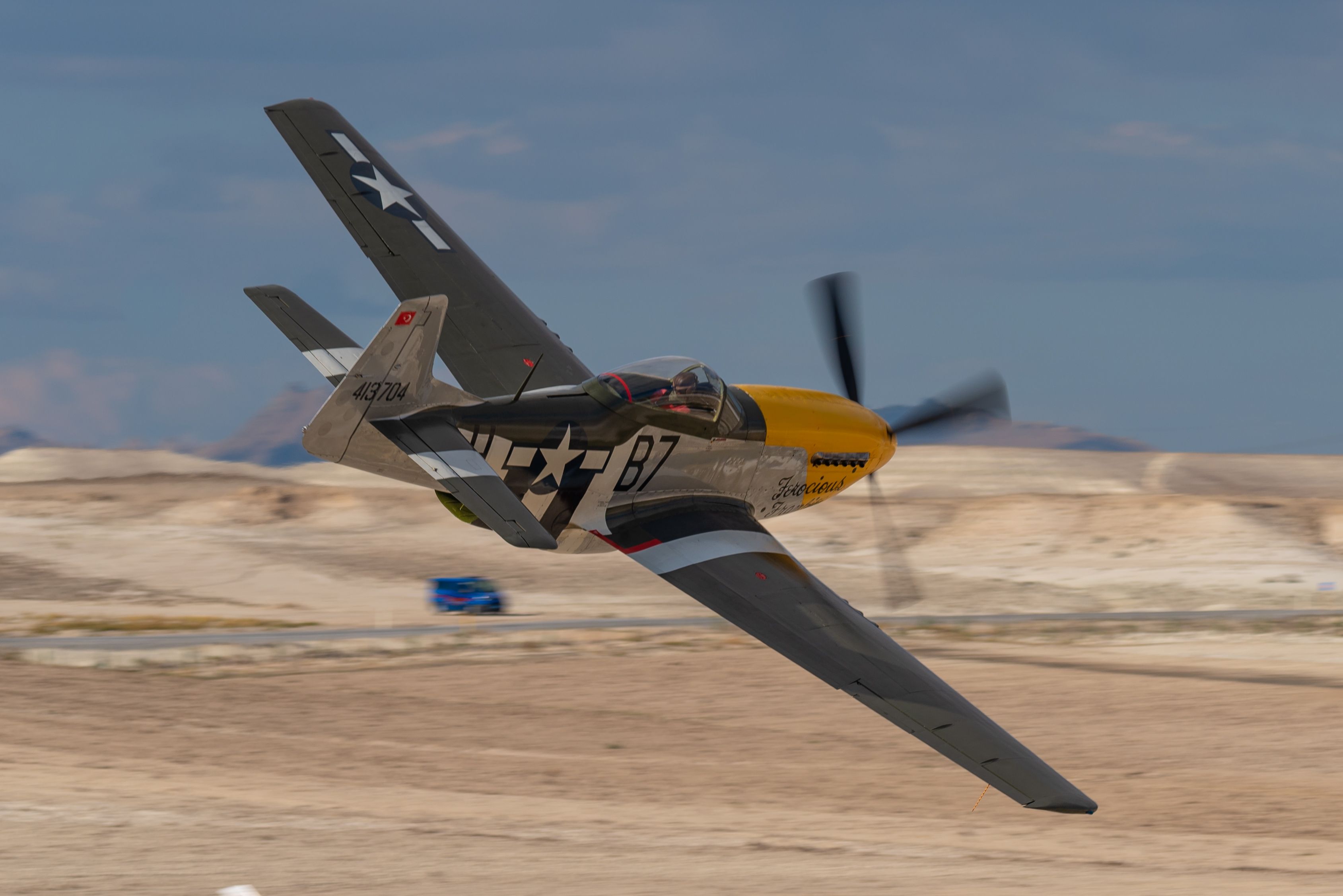
Related
5 Forgotten Facts About The P-51 Mustang
Nearing its retirement but is still in demand.
4
Impressive real-world combat performance to validate the on-paper specifications
But 14:0 against the F6F Hellcat in a single engagement? Really?
As was the case with its Ki-61 predecessor, the Ki-100 was a major unpleasant surprise to American fighter and bomber pilots when it arrived on-scene, as it was able to outmaneuver the Mustang and Hellcat alike. That said, it still wasn’t invincible, as it suffered its first combat loss on April 7, 1945, felled by a B-29 Superfortress gunner. However, the aforementioned Mr. Cooke ascribed a nearly indestructible mystique to the then-new Kawasaki warbird:
“When the Ki.100, as the new plane was called, first went into action, it was a shock to Hellcat pilots. During a battle a squadron of Ki. 100s **shot down fourteen Hellcats without a single loss**.The plane could also hold its own against the P-51 Mustang. Fortunately for the Allies, the Ki. 100 never got into full production.” [emphasis added]
Whoa, really, a 14:0 kill tally!?!? Not even Hitler’s aforementioned jet- and rocket-powered Wunderwaffen attained that sort of lopsided success against America’s best WWII fighter planes! So, something about that quoted passage just doesn’t pass the proverbial “smell test.”
The engagement in question took place on July 28, 1945, and the supposedly utterly helpless Hellcat pilots embarked from the U.S. Navy (USN) light aircraft carrier USS Belleau Wood (CVL-24). Official USN records show only two F6Fs lost that day in exchange for two Ki-100s.
Meanwhile, the narrator of the IHYLS (“I Hope You Learned Something”) military aviation series on YouTube (made 66 years after the publication of Mr. Cooke’s book) sheds some additional light on these discrepancies:
“On July 25th a group of 18 Ki-100s would take on ten F6F hellcats, and it seems like no matter what, at least two Ki-100s were lost, as both sides would claim that two of them were shot down. For downed Hellcats, Japan would claim 12 which doesn’t make much sense and America claimed just two, so at best for Allied Forces, it was again a push. At worst America probably lost a handful plus one or two, for an overall win for the Ki 100.”
“The safest thing we can say about the dogfighting ability of the Ki-100 was that it was about equal to what America and Allied Forces had, which, considering the state of the war, is actually kind of impressive. Allied Forces had significant numerical, material, and tactical advantages at this point, so the fact that the Ki 100 could hold its own against opposing fighters says quite a lot about it.”
5
Where are they now?
Plane and manufacturer alike, that is?
Luckily for the American bomber and fighter crews, only 396 Ki-100s were produced, which came nowhere even close to American aircraft industry output (which bolsters a point made by David Cooke and IHYLS alike). Of those, there is exactly one survivor today: Serial No. 8476M, which was captured at Tân Sơn Nhứt Airfield, Saigon, in August 1945; it is displayed in Hangar 5 of the Royal Air Force (RAF) Museum in the Hendon section of London (after being transferred from the Cosford branch of the Museum).
Like other former aircraft-making zaibatsu (財閥,) of WWII (such as Mitsubishi and Nissan [Aichi]), Kawasaki is very much alive today as one of the automotive keiretsu (系列) of the Japanese post-WWII industry.
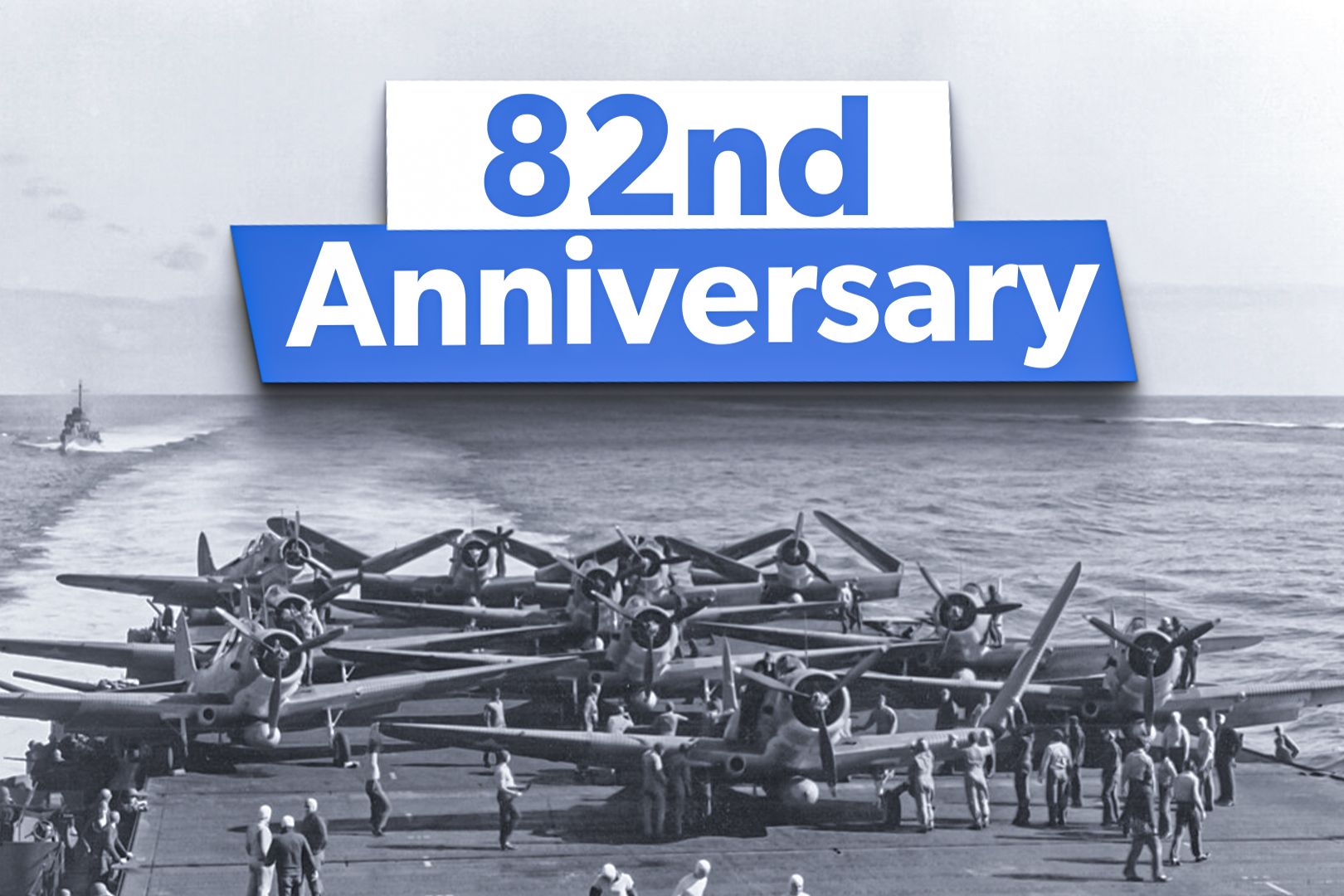
Related
82nd Anniversary: Battle of Midway & The Role Of Carrier Airpower
The Battle of Midway was one of the most decisive naval battles in history, with carrier airpower playing a crucial role.

